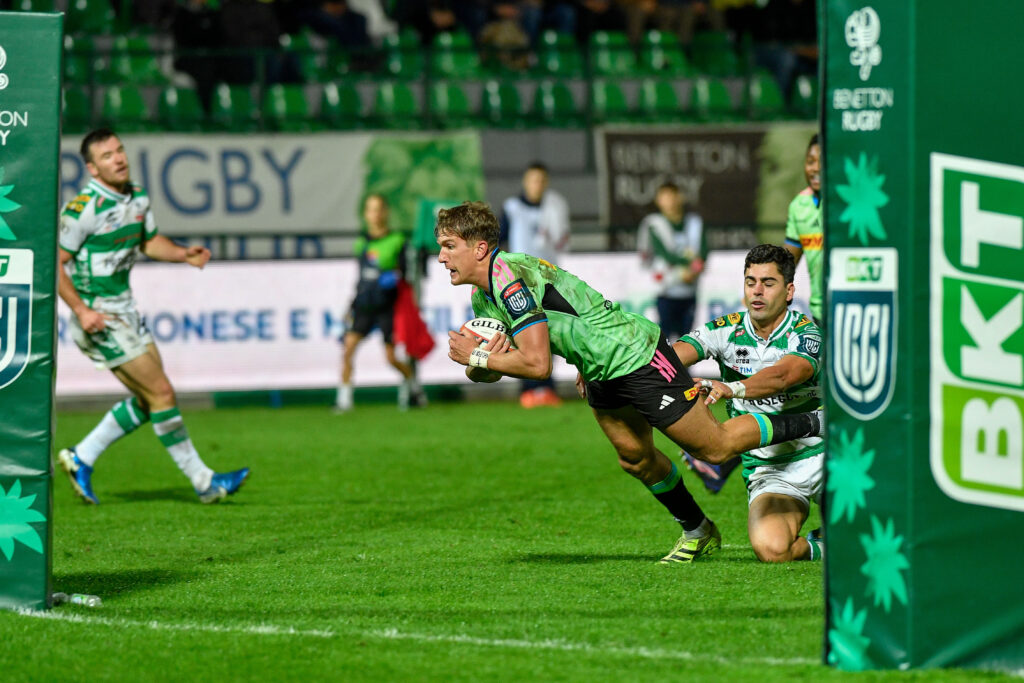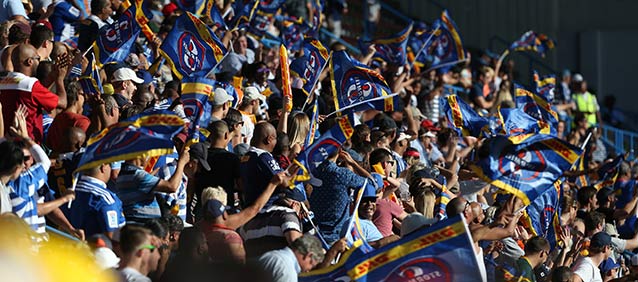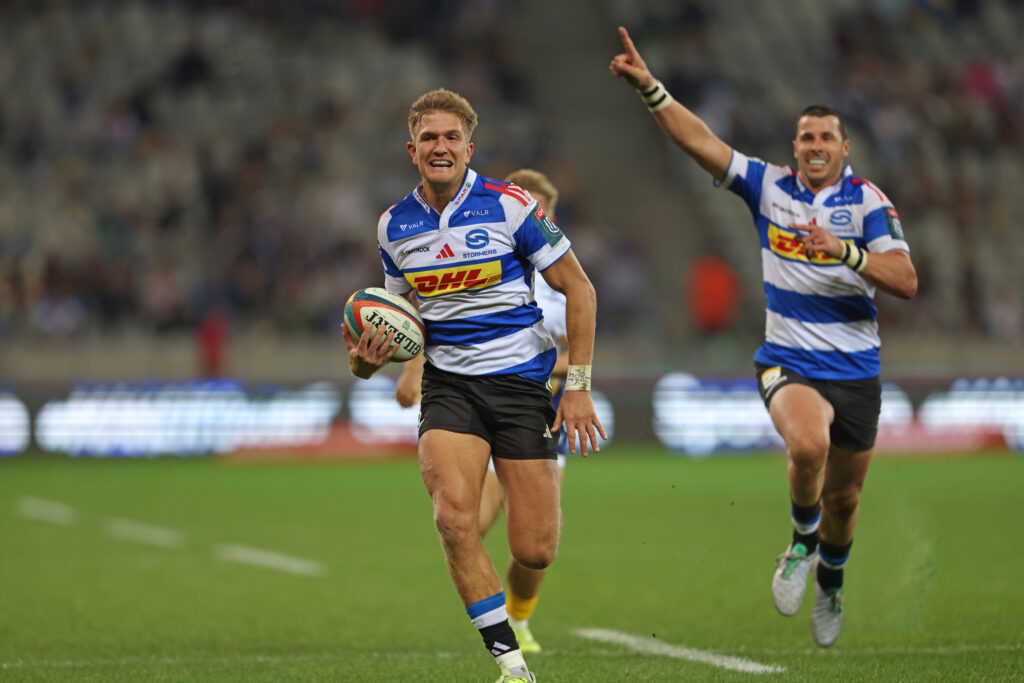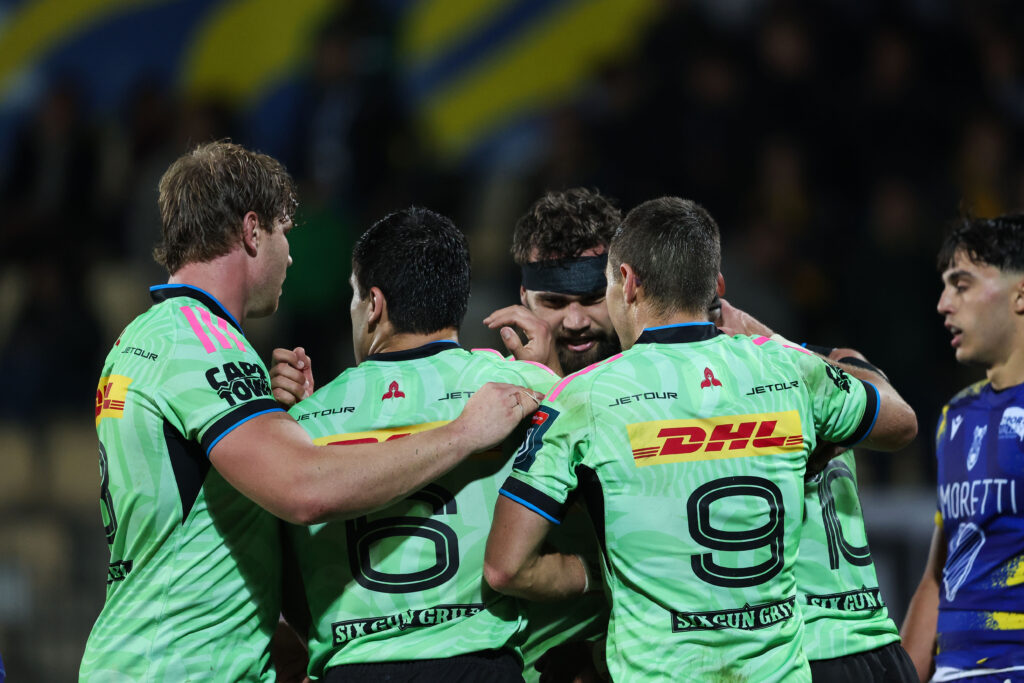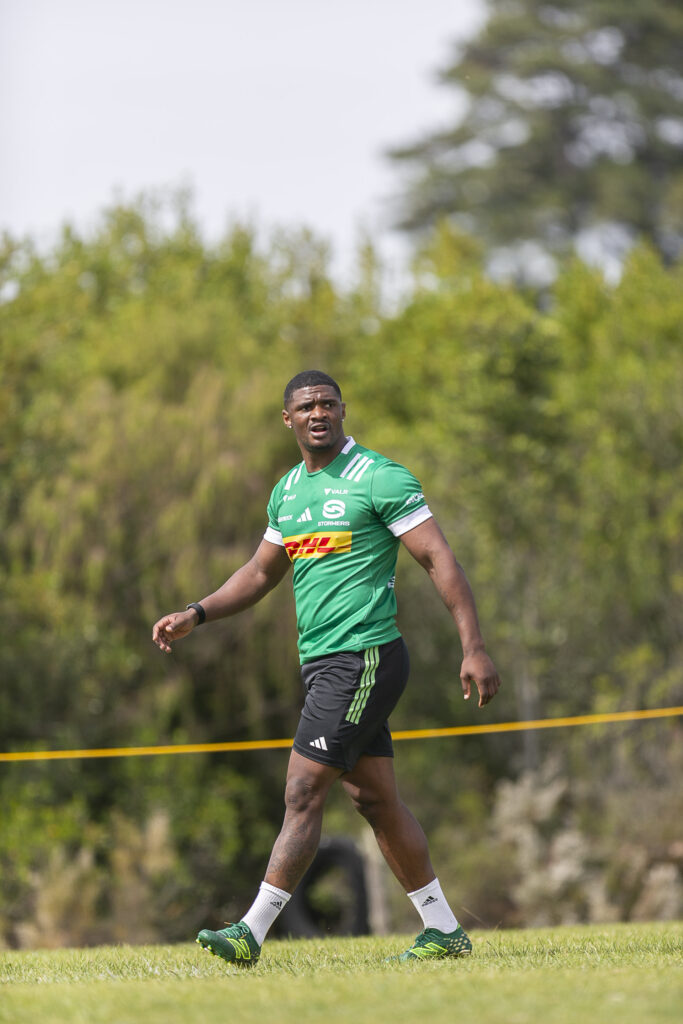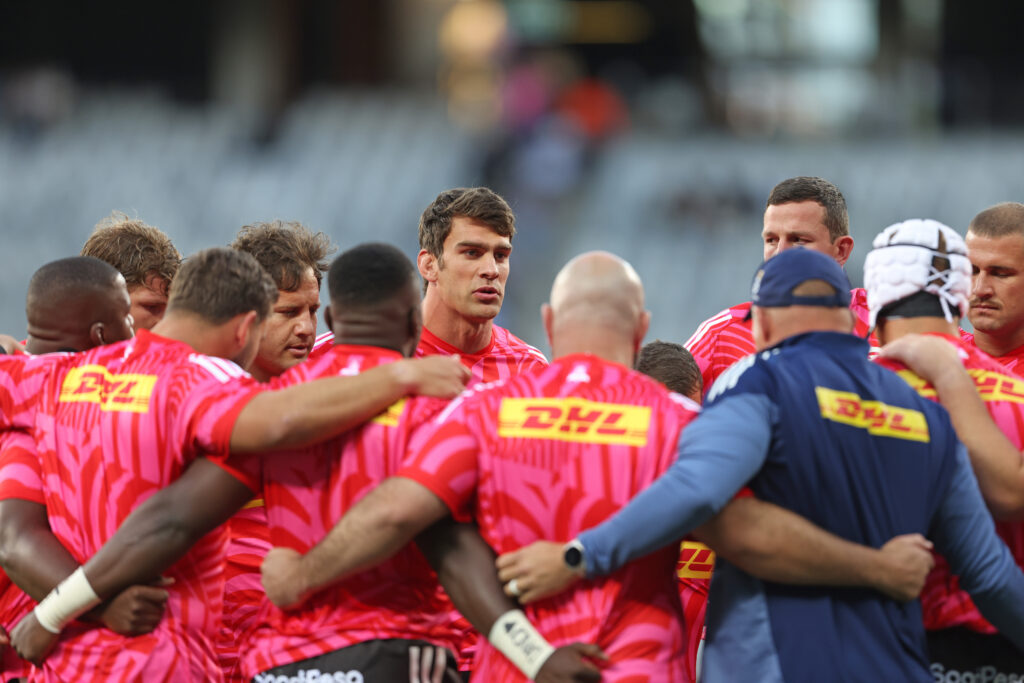The 2018 Vodacom Super Rugby season will kick off at DHL Newlands when the DHL Stormers host the Jaguares in February.
With matches against teams from New Zealand and Australia awaiting all four South African franchises in 2018 and a new playoff format, the restructured 23rd edition of Vodacom Super Rugby promises to yet again be one of the most intense provincial competitions in the world.
Add to that a structural reform for the Sunwolves from Japan, which should make them much more competitive, and it’s clear that the standards will be improved next year. As announced in April this year, Vodacom Super Rugby will be changed from an 18-team, four conference format to a 15-team, three conference format in 2018.
The 2018 season will kick off in Cape Town at 15h05 on Saturday, 17 February when the DHL Stormers host the Jaguares from Argentina, with the second match, a replay of one of this year’s Qualifiers between the Emirates Lions and Cell C Sharks, set for the same day at 17h15 at Emirates Airline Park in Johannesburg.
The South African Conference kicks off a week earlier than in Australia and New Zealand, which allows a bye week for all four local teams between the final pool match before the June Test break, and the Springboks’ opening Test against England.
This will be the last time that Vodacom Super Rugby will break for the June Tests, as 2019 is a Rugby World Cup year and in 2020, the midyear Tests will move to July.
Each team will play 16 Conference matches – eight matches within their own Conference (home and away) and four matches against teams from each of the other Conferences (home or away). The elimination finals series will comprise eight teams, facing off in seven matches from 20/21 July until the Final on 4 August.
SANZAAR CEO Andy Marinos said: “Super Rugby is one of, if not the best club rugby tournament in the world, highlighted this year by a global TV audience of nearly 50 million and a final crowd in Johannesburg of 60,000.
“It is a key high performance pathway for players from the SANZAAR Unions to transition from club to Test rugby, and this will continue to be the case in the future.
“It was not an easy decision to reduce the number of teams but a necessary one considering the outputs from the strategic review to date. The tournament was not working with 18 teams, the structure was confusing, the outcomes of matches were becoming too predictable and the fans and stakeholders had, through our surveys, voiced their concerns.
“Our focus is now on rolling out the restructured tournament which we believe will improve standards, competitiveness and interest. By re-establishing a strong base for Super Rugby through a consolidated tournament format, that maximises the potential in the markets in which we currently play, it will allow us to open up new markets through specific match placements and working strategically with our TV broadcasters in the future.
“In addition to the decisions that were taken around the Australian and South African Conferences, SANZAAR has also been working hard with Japan and the Sunwolves. Their performances over the first two seasons have been disappointing and improvement is required.
“A structural reform has been implemented where responsibility for the Sunwolves will move from the Japan Rugby Football Union (JRFU) to the entity known as Japan Super Rugby Association (JSRA). SANZAAR will be taking a more proactive role within its operating structures.
“I wish to acknowledge and thank all our Broadcasters for their support and positive contribution to SANZAAR through this period. We are confident that Super Rugby has a long and exciting future ahead of it.”
SANZAAR also confirmed that all outstanding match venues / kick-off times will be confirmed in the coming weeks.
Vodacom Super Rugby 2018 Draw
